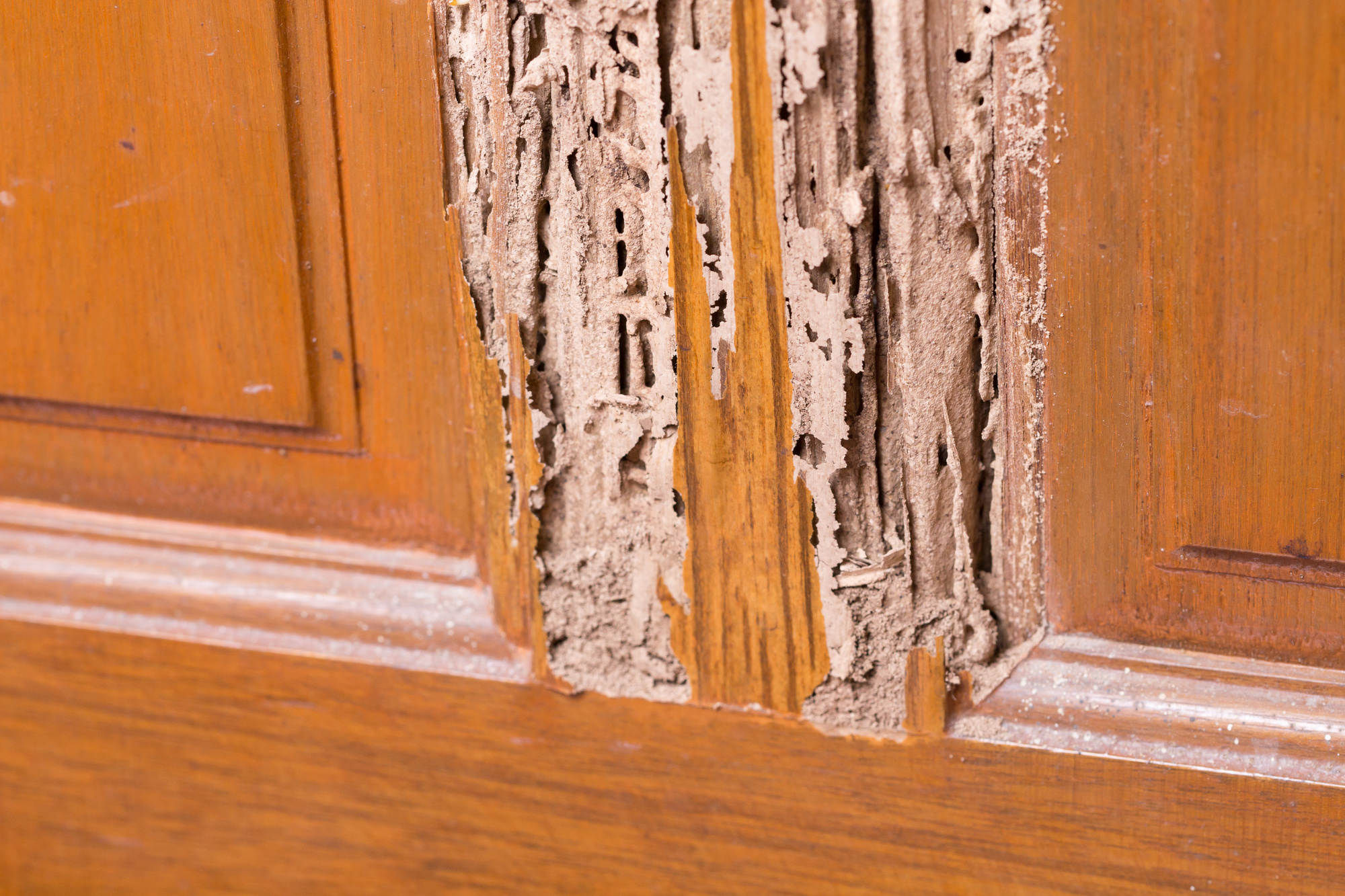Termites, often referred to as the silent destroyers, pose a significant threat to both residential and commercial properties. Understanding the extent of damages caused by these relentless pests is imperative in implementing effective pest control measures to get pest control.
Introduction
Termites, although small in size, wield immense destructive potential. Their insidious nature allows them to wreak havoc on structures and belongings unnoticed, making termite infestations particularly insidious. Addressing termite infestations promptly is crucial in mitigating the extensive damages they inflict.
Structural Damage Caused by Termites
The primary target of termite infestations is wooden structures, including support beams, floor joists, and wall studs. Termites feed on cellulose found in wood, gradually hollowing out wooden elements and compromising their structural integrity. This can lead to sagging floors, warped walls, and even structural collapse in severe cases. The economic impact of repairing termite-induced structural damage can be substantial, often requiring costly repairs and renovations to restore the integrity of the affected property.
Damage to Household Items and Furniture
Beyond structural elements, termites also pose a threat to household items and furniture made of wood. Wooden furniture, cherished heirlooms, and antique pieces are all susceptible to termite infestations. Termites can consume the wood from within, leaving behind a hollow shell and rendering the furniture unsalvageable. Additionally, termites can damage paper-based materials such as books, documents, and cardboard boxes, further exacerbating the impact of infestations on personal belongings.
Ecological Implications of Termite Infestations
The consequences of termite infestations extend beyond the confines of human habitations, impacting ecosystems and biodiversity. Termites play a crucial role in nutrient cycling and soil health in natural environments. However, when termite populations proliferate in urban areas, they can disrupt natural ecosystems and cause imbalances in local biodiversity. Furthermore, the environmental consequences of termite infestations, such as increased carbon dioxide emissions from decaying wood, contribute to broader ecological challenges.
Conclusion
In conclusion, the damages caused by termites are extensive and far-reaching, encompassing structural, economic, and ecological implications. Recognizing the destructive potential of these silent invaders underscores the importance of proactive pest control measures. By addressing termite infestations promptly and implementing preventive strategies, homeowners and property managers can mitigate the damages caused by termites and safeguard their investments against future infestations. Ultimately, protecting against termite infestations is essential not only for preserving the integrity of structures and belongings but also for maintaining ecological balance and sustainability.






More Stories
Is there a lifetime limit on epidural steroid injection?
What is Section 20 of the Motor Accident Insurance Act (Queensland)?
Where to Watch USMNT vs Jamaica National Football Team